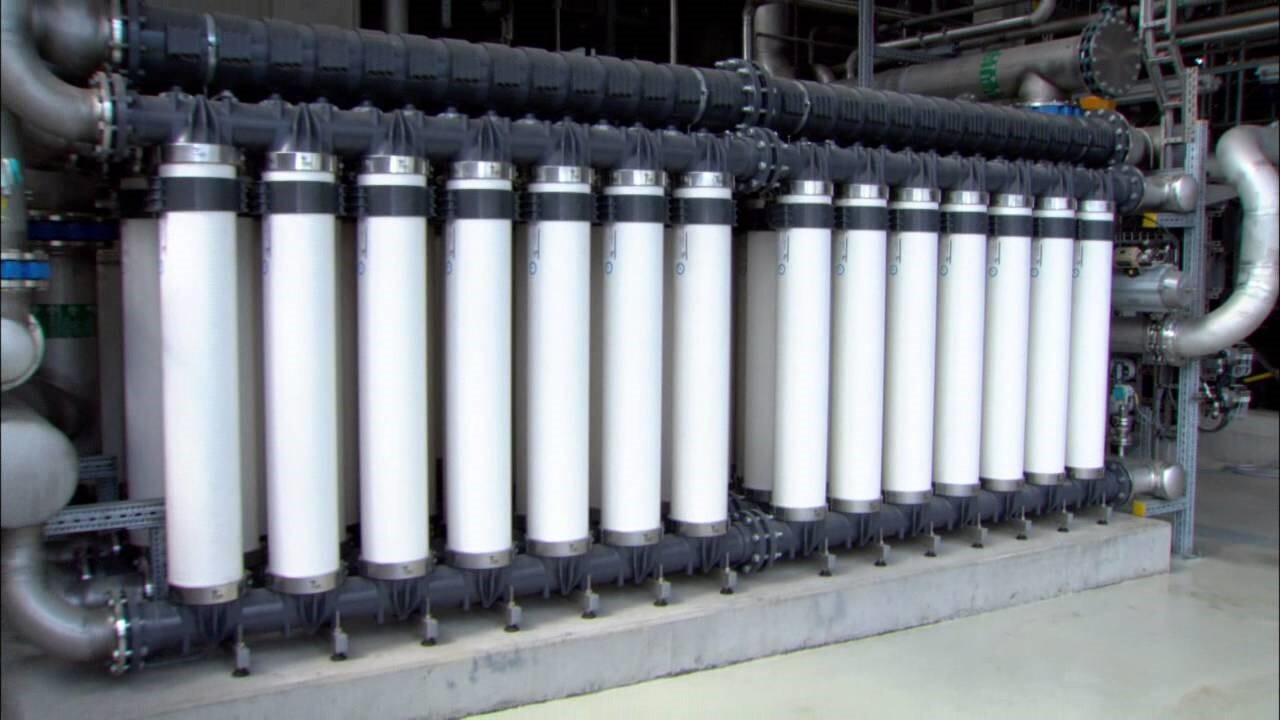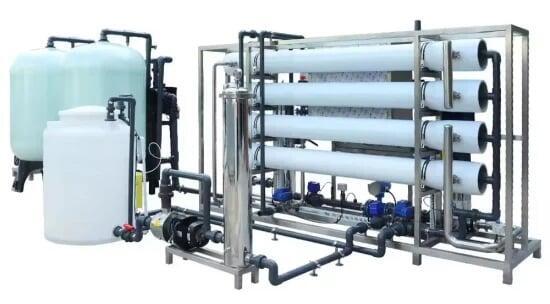Water purification technologies have evolved rapidly to meet the growing demand for clean, safe, and sustainable water. Among the most widely adopted membrane-based filtration methods are Reverse Osmosis (RO) and Nanofiltration (NF). Both technologies rely on semi-permeable membranes to remove contaminants, but their differences in pore size, performance, and application make them suitable for distinct needs. The question often arises: Which is the better option—RO or NF? The answer depends on your water quality goals, operational considerations, and end-use requirements.
Understanding the Technologies
Reverse Osmosis (RO)
Understanding the Technologies
Reverse Osmosis (RO)
Reverse Osmosis is a pressure-driven membrane process that removes up to 99% of dissolved salts,contaminants, heavy metals, microorganisms, and organic matter. It is widely recognized for producing high-purity water. RO membranes have very small pore sizes (about 0.0001 microns), making them highly effective in desalination, industrial ultrapure water generation, and drinking water purification.
Key Benefits of RO:
Key Benefits of RO:
- High salt rejection (95–99%)
- Effective against bacteria, viruses, and dissolved solids
- Suitable for seawater desalination
- Delivers ultrapure water
Limitations of RO:
Limitations of RO:
- Higher energy requirement due to high pressure
- More water wastage (reject stream)
- Removes essential minerals, sometimes requiring remineralization
Nanofiltration (NF)
Nanofiltration (NF)
Nanofiltration is a membrane process that sits between ultrafiltration (UF) and reverse osmosis (RO). NF membranes typically have pore sizes around 0.001 microns and remove divalent and trivalent ions, organic matter, and hardness-causing minerals while allowing some monovalent salts (like sodium and chloride) to pass through.
Key Benefits of NF:
Key Benefits of NF:
- Moderate salt rejection (50–80%)
- Removes hardness, heavy metals, and organic contaminants
- Retains beneficial minerals in water
- Operates at lower pressure → less energy consumption
- Lower operating costs compared to RO
Limitations of NF:
Limitations of NF:
- Not suitable for seawater desalination
- Less effective in removing monovalent salts like sodium
- Produces lower purity water than RO
Which One Is Better?
Which One Is Better?
The choice between RO and NF isn’t about one being universally superior to the other—it’s about matching the technology to your needs.
- Choose RO if:
- You need ultrapure water for pharmaceuticals, electronics, or power plants
- You’re desalinating seawater or brackish water
- You want maximum contaminant removal
- Choose NF if:
- You want to reduce water hardness for municipal or residential use
- You’re in the food & beverage sector needing partial salt retention for taste (like dairy processing or beverage production)
- You’re looking for a cost-effective solution with lower energy consumption
- You want cleaner water while keeping some minerals intact for health benefits
The Bottom Line
The Bottom Line



